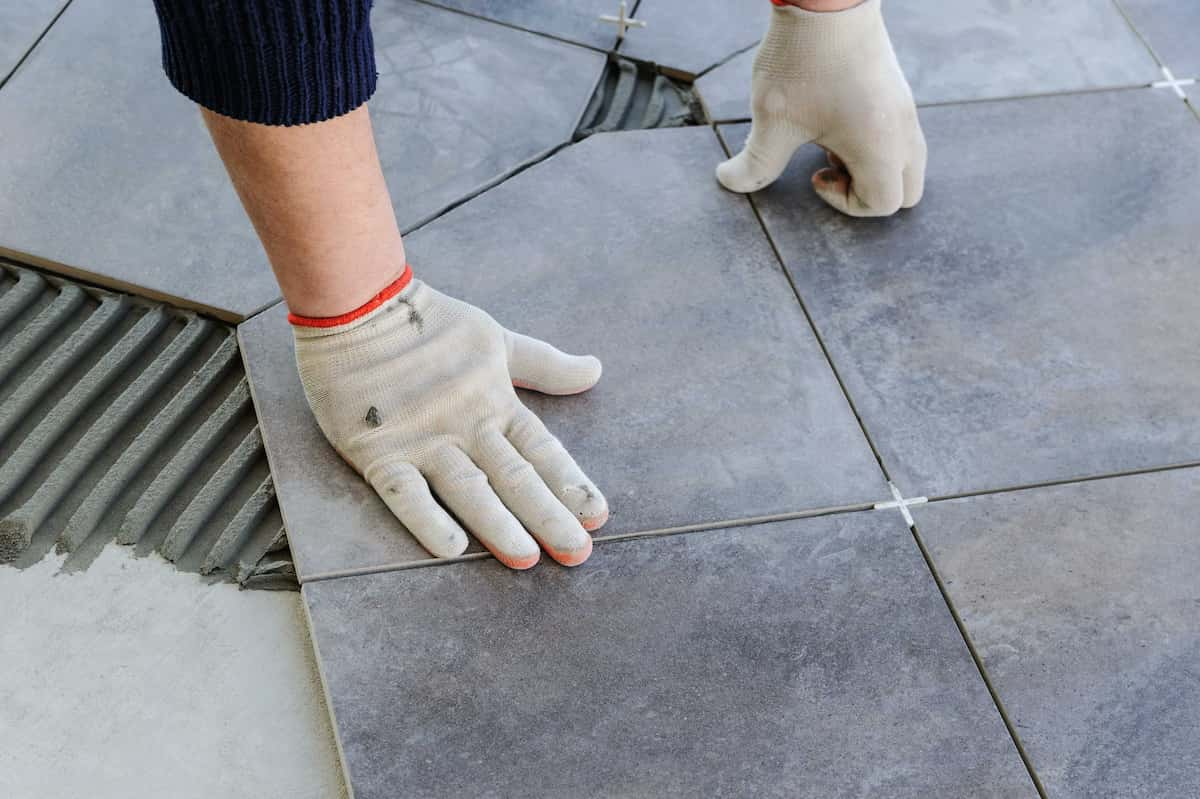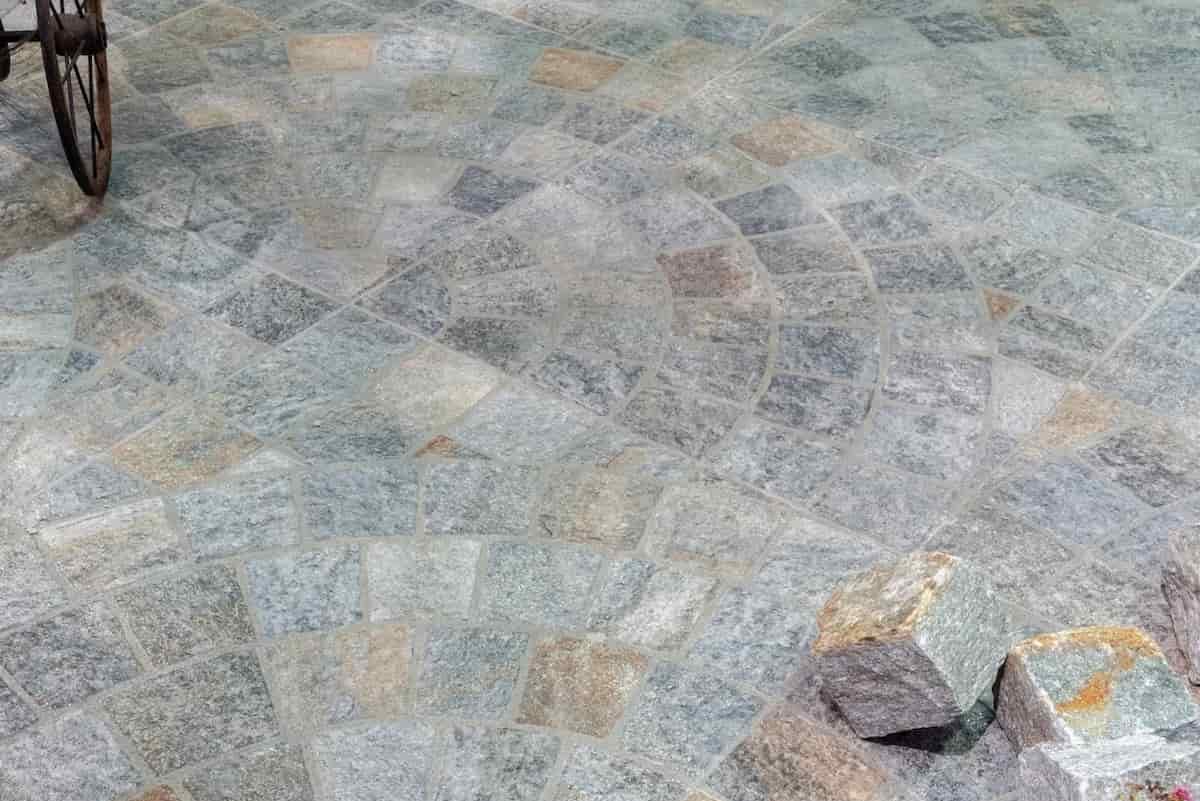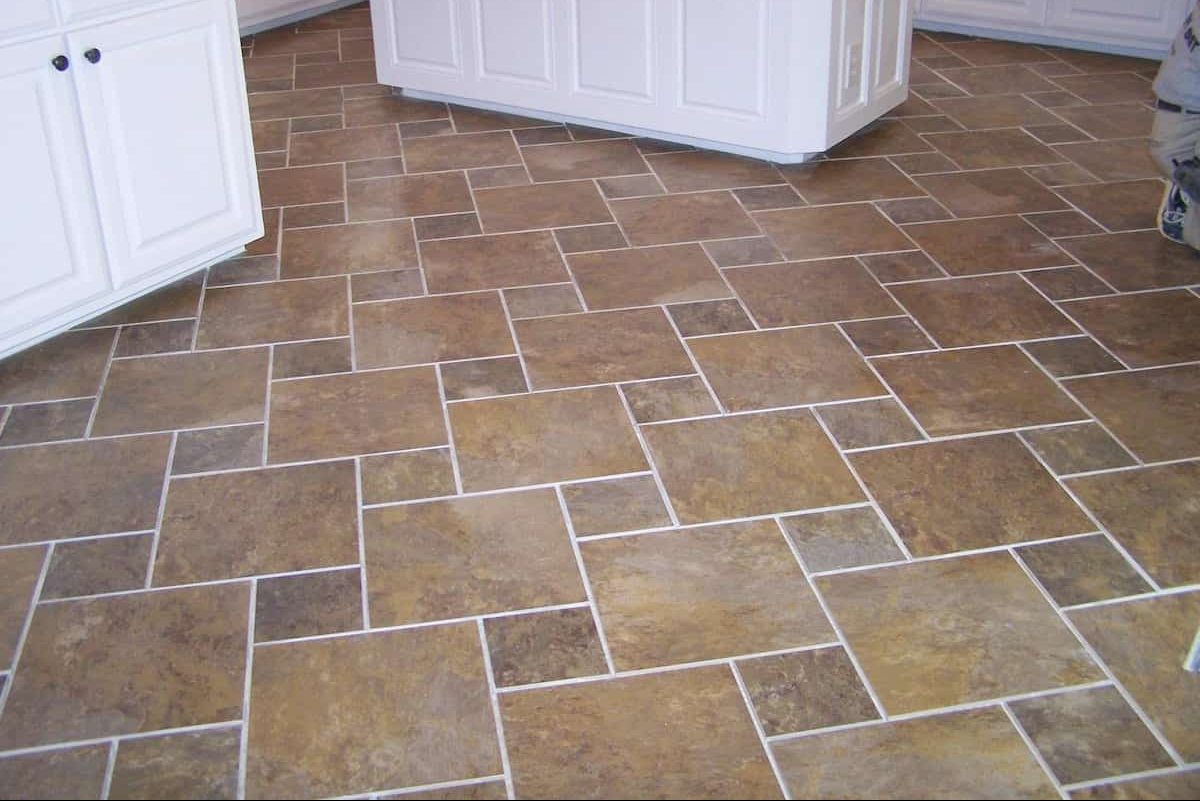Ceramic tiles market with an analysis by segment and region is presented here with an overview. Unbroken protective layer and finish provide a good appearance on ceramic tiles. Because of the protective layer, these tiles are also resistant to water, dirt, and are simple to clean.
Both floors and walls can be covered with ceramic tiles. These tiles can be used in rooms, workplaces, bathrooms, and balconies because they are easy to install and maintain.
Ceramic tiles have a lot of benefits over standard tiles, including better appearance, greater durability, and longer lifespan. The use of ceramic tiles in so many construction projects around the world can be attributed to a number of important factors.
Building industry expansion is mostly due to the housing sector’s quick growth and rising global construction investment. This element is anticipated to support the market expansion for ceramic tiles.
Urbanization and population growth are expected to have a positive impact on the ceramic tile market. Ceramic tiles are in greater demand as more buildings are being built, as they are more aesthetically pleasing, more reliable, and more lasting.
The global ceramic tile market provides industry participants with a number of opportunities due to expanding disposable income and accelerating global economic growth. Around the world, ceramic tiles are growing more and more popular for remodeling and restructuring homes, shops, malls, and other facilities. This factor could influence the demand for ceramic tiles globally.

This business is being impacted by the public’s increased concern for cleanliness and hygienic conditions because these tiles are water- and dirt-resistant and simple to maintain.
In the upcoming years, it is projected that the expansion of the global ceramic tiles market would be aided by technological advancement, higher spending by leading market players on the introduction of new products, and rising government funding for R&D activities.
Analysis of the Ceramic Tile Market by Segment
Porcelain, glazed ceramic foams, and unglazed ceramic foams make up the market’s type divisions. The market for ceramic tiles is divided into four application categories: floor, interior wall, external wall, and others.
The porcelain section of the ceramic tile market is the largest due to its characteristics, including low absorption, slip resistance, and antibacterial properties.
Because of their characteristics, porcelain ceramic tiles are perfect for restrooms, hospitals, and kitchens. The glazed category is anticipated to develop at the fastest rate due to its improved attractiveness and stain resistance, increasing its use in both commercial and residential applications.
The global ceramic tile market is divided into residential and non-residential categories based on end-use industry. Due to the increased need for affordable and incredibly durable ceramic flooring for commercial and industrial items, the non-residential category is anticipated to have higher growth in the approaching years.

The market is expanding as more offices, hotels, hospitals, gyms, spas, universities, and other commercial facilities are being built all over the world.
Due to an increase in home construction and refurbishment in developing South Asian economies like India, the residential sector is also growing.
Players in the Ceramic Tiles Market From large to small businesses, there are numerous firms that are operating in the ceramic tiles market.
Mohawk Industries, Siam Cement Group, Grupo Lamosa, RAK Ceramics, Kajaria Ceramics, Grupo Cedasa, Ceramica Carmelo Fior, Pamesa Ceramica, Grupo Fragnani, STN Ceramica, and others are some of the major participants in the industry.
Businesses mostly produce packaging, and they are in intense competition with one another. In order to compete in the ceramic foams industry, innovation is one of the most crucial and vital strategies. Companies in the sector have, however, also chosen and successfully implemented inorganic growth techniques like mergers and acquisitions and other similar tactics.

In order to boost the development of digital technology and software at SCG CBM and to increase expansion potential, the company has entered into a share purchase agreement to buy all of Oitolabs Technologies Private Limited’s shares in India in 2020.
In 2020, RAK Ceramics and Azizi Developments will supply kitchen and bathroom fixtures, floor and wall tiles, and other materials for the MBR City waterfront project in Dubai, United Arab Emirates.
Kajaria Ceramics created Trends 2020 in 2019. It is a beautiful selection of ceramic tiles for southern India.
Ceramic Tiles Regional Market Analysis
The regions of North America, Asia-Pacific (APAC), Europe, South America, and the Middle East & Africa make up the worldwide ceramic tiles market (MEA).
North America comprises the United States, Canada, and Mexico.
China, Japan, South Korea, India, Australia, ASEAN, and the rest of APAC are all included in Asia Pacific.
Europe: consists of the United Kingdom, Germany, France, Italy, Spain, Russia, and the rest of Europe.
Brazil, Argentina, and the rest of South America are all included in South America.

South Africa, Turkey, United Arab Emirates, Saudi Arabia, and the rest of the Middle East and Africa are included.
North America, Europe, and the Asia-Pacific region make up the majority of its territory. 33% of the market is shared by North America. Following that, the rest of the world accounted for 67% of the worldwide market.
A high growth rate is anticipated for Asia Pacific as a result of rising R&D expenditures for ceramic tile innovation and product development.
China, India, and Japan are the top three producing nations for ceramic tiles. The rise can be attributed to rising demand for ceramic tiles, which offers the industry in this area potentially profitable business options.
Furthermore, due to the region’s rising need for construction activities, Asia Pacific is anticipated to experience significant development in the ceramic foam market throughout the forecast period. The Asia Pacific region is the most desirable market for ceramic tiles because of the area’s quick socioeconomic development.
Increased construction of new homes and significant investment in infrastructure projects are driving up demand for ceramic tile materials in this area. Due to the huge growth in the number of construction opportunities in nations like China, India, Thailand, Indonesia, and Vietnam, increased demand for ceramic tiles in these nations is also fueling market expansion in the APAC region.
It’s expected that the North American market would expand quickly. The increasing trend of personalization and customization will increase demand for ceramic tiles in this region. Additionally, it is anticipated that there would be a rise in the demand for green and energy-efficient buildings for commercial and governmental offices in North America.
The market expansion in Latin America is being driven by the region’s rising building and infrastructure development activities. Additionally, government initiatives to support the construction sector in developing nations would accelerate market expansion.












Your comment submitted.